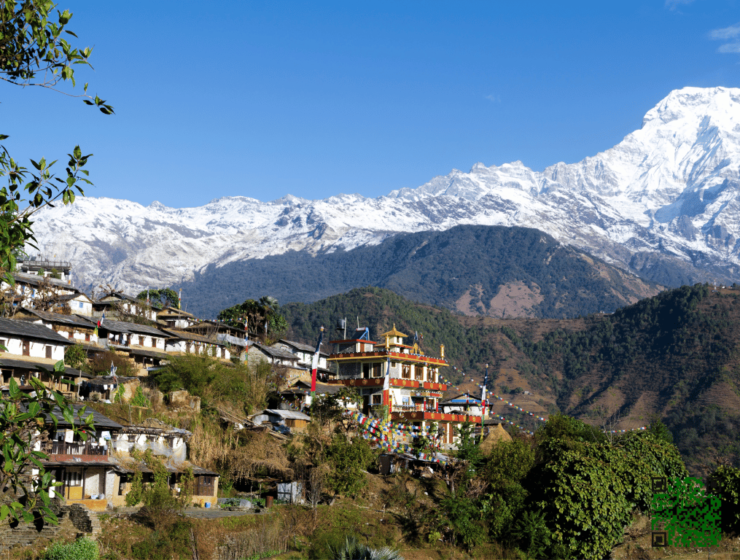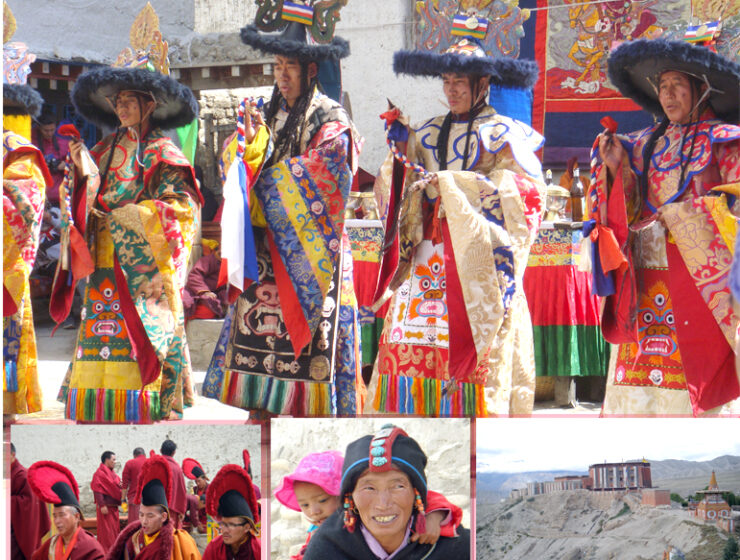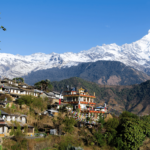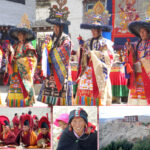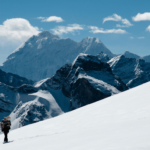Trekking Grade In Himalaya Involves trekking for up to five to six hours a day at a slow but steady pace. This trek does not spend time at altitudes above 4000 m and are usually a week in duration. Gentle terrain, without steep climbs or vertiginous mountains. These trips can be enjoyed by anyone who leads a reasonably active life.
The following grading system explains carefully which level of tour suits you best for your level of fitness and physical capabilities, helping you to prepare for your trip.
Grade * Easy: Just about anyone can participate in one of these holidays. Maximum walking time is approximately 5 hours a day. Our wildlife safari, culture & city tours are covered by this grade of fitness. Culture experiences and historic sites are the main focus of these trips.
Grade ** Moderate: Paths can be rough, steep and have many ups and downs with some exposures. Early in the season expect snow patches at higher altitudes. Good health conditions and level of fitness are essential. Generally we attain the altitude between 900 m to 3000 m. Everest Panorama, Poonhill Ghorepani treks are the options for this grade.
Grade *** Demanding: Between moderate to strenuous trek at an altitude up to 4000 m with side trips to higher elevations. This is classified as ill defined trails, away from habitation. Considered to be harder therefore physical fitness and good health conditions are essential. Annapurna Base Camp, Jomsom Muktinath treks are the options for this grade.
Grade **** Strenuous:Ventures at this grade are ‘Tough Treks’ these treks must be fully supported. The altitude attained between 3500 m to 5000 m. This trek also involves several nights stay above 4000 m. These are genuine expeditions where preparation is essential fitness and willingness to ‘rough it’ is essential. You must have a high level of fitness for this trek. Everest Base Camp, Gokyo valley, Upper Mustang treks are the options for this grade.
Grade ***** Very Strenuous: This trek is best described as alpine, and suitable for those in excellent health, capable of carrying a backpack, when required. The trek covers very remote areas, traveling over snow-covered passes at an altitude of up to 5000 meters. You may need to axes and crampons to cross the pass when there is heavy snow. No strenuous trek should be undertaken without medical clearance. Some trekking routes in Everest, Annapurna circuit and Remote areas treks are in this grade.
Grade ****** Challenging: Obviously we hope to fulfill our objectives but realistically we can only guarantee, start and finish times with these treks. Limited to those with an excellent level of personal experience and fitness, an outstanding sense of humor, with high tolerance levels. During the trek you may have to cross-snow – covered passes in very remote areas or climb up to 6000 meters in altitude. All our peak climbing adventures are in this section.

